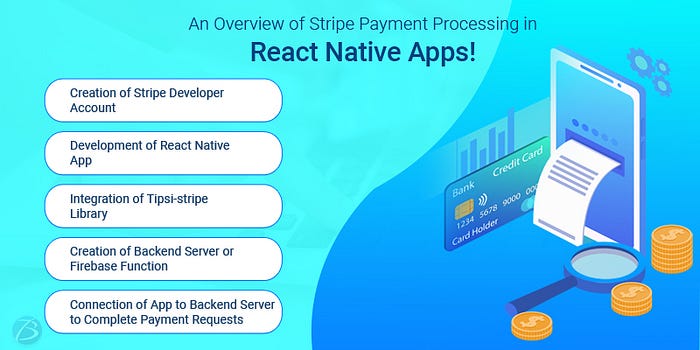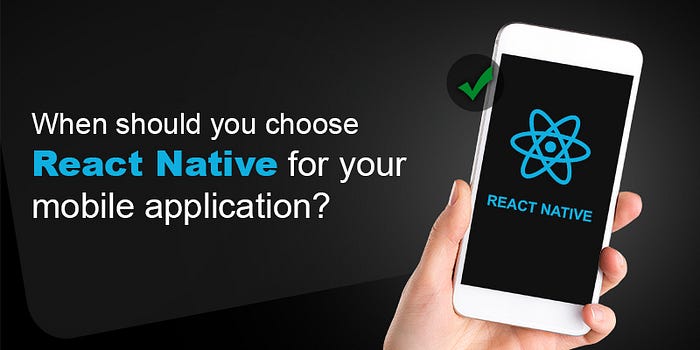For a lot of people, Android is just a mobile operating system, just like they think for iOS. Being introduced to the world for the first time in 2008, Android has received constant updates pretty consistently, which is understandable, given the high levels of features and performance it brings for users.
However, the sheer size of the codebase is pretty difficult to maintain. This issue gets easily resolved with the help of React Native framework.

React Native- A Little Introduction
Originally a JavaScript framework, React Native enables the writing and native rendering of mobile apps for Android and iOS. Proper React Native app development has been on a constant rise since it was first introduced in 2015.
Apps on React Native are written by blending Javascript and XML, which is known as JSX. As a result, you get native apps that absolutely do not compromise the user experience as well. React Native also makes the lives of developers easy- allowing them to keep a single codebase.
As a framework too, React Native has elaborate documentation and a wide community which is a great step to start with.
How do React Native Apps Work?
There are three basic threads that govern the working of React Native apps-
The UI Thread
Also known as the Main Thread, it is responsible for taking care of the UI. It is responsible for every single thing a user sees and interacts with.
JavaScript Thread
It takes a different engine for React Native to execute the JavaScript code. This thread basically decides the pattern through which actions are taken on the UI.
Shadow Tree Thread
The Shadow Tree Thread calculates the defined layouts on the JavaScript and then transfers this information to the app’s native section to generate a view.
Tips to Improve React Native Performance
Here are some amazing tips with which you can improve the React Native performance this year-
1- Issues with Memory
For a large number of Android applications, memory leaks are a big pain during React Native app development, thanks to a number of unnecessary processes running in the background.
Solution
To take care of this memory leak issue in React Native apps, you can use the scrolling list options like flat list and section list among other listing options, which are a departure from the usual list view.
2- Size of Images
Wherever there are images, the overall memory usage heavily increases. Applications in React Native are no different, which makes image optimization a high on priority corrective measure.
Solution
React Native app developers can take the following steps to solve this problem-
Cache the images locally.
Reducing the image sizes.
Using PNG image format in place of JPEG format.
Convert the concerned images into WebP format.
3- Adding Maps
If a particular app is to make use of maps, a React Native app will face performance issues. However, this is not something that can be brought in check to bring better performance.
Solution
During the integration of the map feature, the following steps can help you out-
Disable auto-updating of geographical locations.
Eradicate console.log so that no extra data gets backed up in XCode.
4- Multiple Library Errors
‘FirebaseCore.h not found’.
‘Firebase. h not found’.
These are a couple of instances of errors that tend to pop up in React Native libraries. The main reason for such occurrences might be an improper installation of your library or it might have been corrupted.
Solution
The solution to library errors is pretty simple. You just need to install and link your library once again. However, it’s important to make sure that you do this process manually.
5- Failure to Find Modules
This is a pretty common problem, where a module gets misplaced at the time of creating a JavaScript file.
Solution
Common problems sometimes have common solutions, and this one is no different. All you need to do is make a change to the file path, substitute it with the correct path and you are good to go.
Final Thoughts
The world of mobile app development is no more the world it was a few years ago. With a highly functional cross-platform framework like React Native, the time is near when there will be no need to begin the entire development process from ground level.
In Consagous Technologies, you get a React Native app development company that gets you the right kind of apps with the most efficient functionality and features.

 Log in with Facebook
Log in with Facebook 










